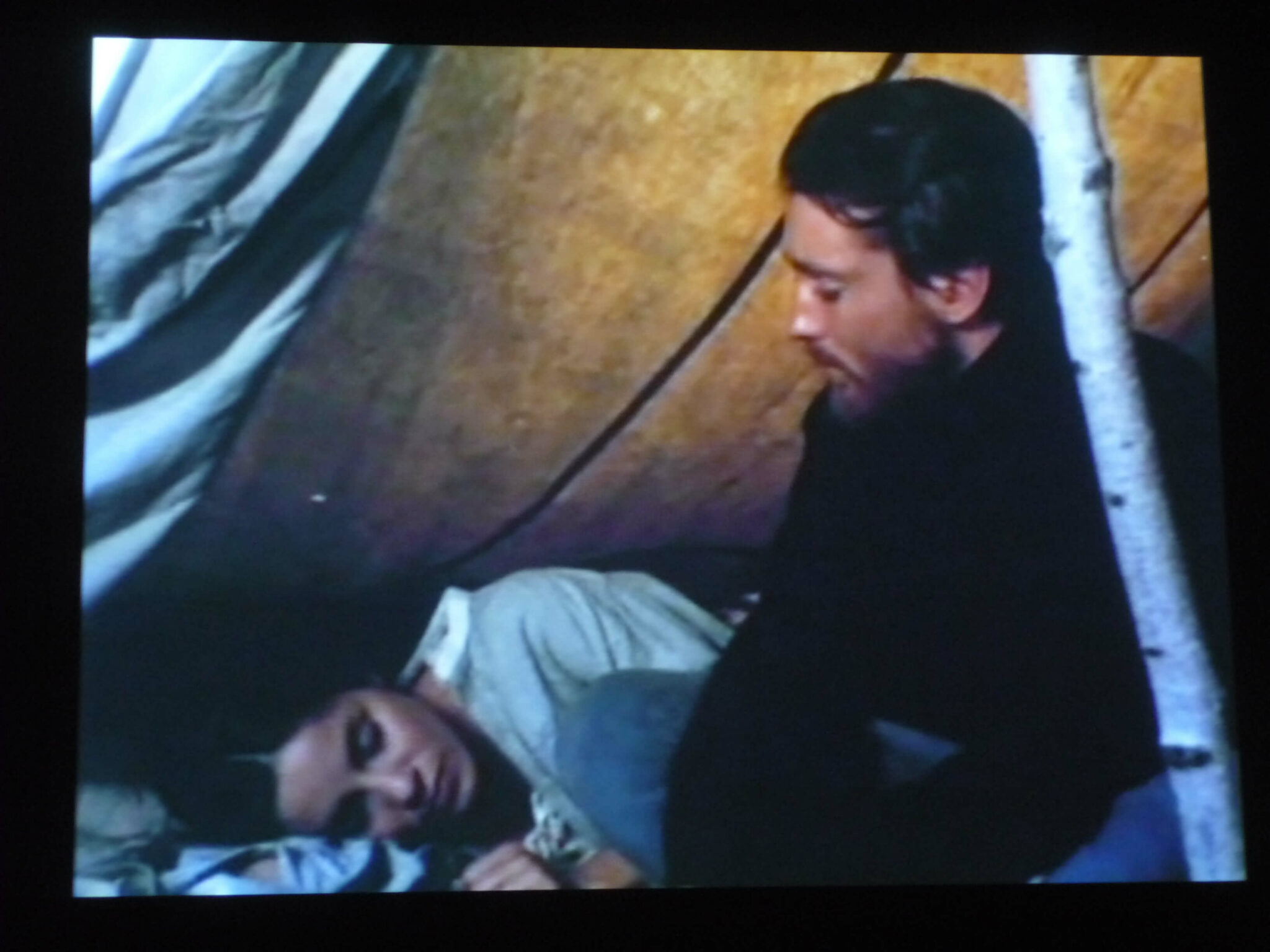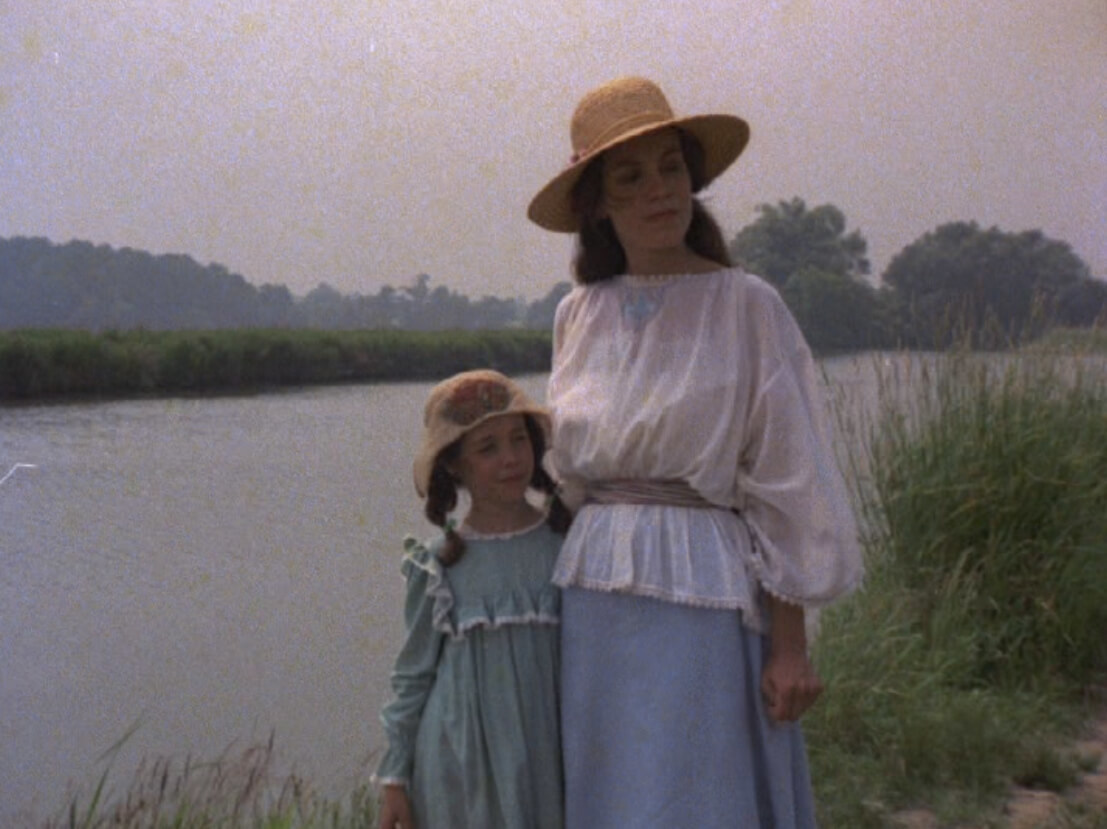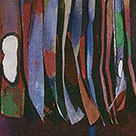The Far Shore 1976

Joyce Wieland, The Far Shore, 1976
35mm film, colour, sound, 105 min.
Library and Archives Canada, Ottawa
When The Far Shore was released, admirers of Wieland’s experimental films were surprised by this melodramatic costume story. Set in 1919 in Toronto and at a lake in Ontario, the film is about a painter based on Tom Thomson (1877–1917) and includes a cast of invented characters. By the time Wieland set out to make this feature film, the wild-looking scenery painted by Thomson and the Group of Seven had been both mythologized and institutionalized. In her film Wieland decides to tell a new story about Canada’s art history, not by debunking Thomson but by reinventing him as a freethinking and heroic figure—re-mythologizing him in some respects.


And yet the main protagonist of The Far Shore is not the Thomson figure, Tom McLeod, but a wholly fictitious female character, Eulalie de Chicoutimi, who moves to Toronto from Quebec, becomes disillusioned with her greedy capitalist husband, and falls in love with Tom. Wieland’s story is a romance and a tragedy; it was not until the 1980s that scholars argued that her use of the melodrama genre could be understood in feminist terms.
The Far Shore features landscape as background, plot device, and object of desire. All the main characters want something from the land, and the film shows how their desires coincide or clash. On its release, some viewers could not understand how Wieland could make such a conventional narrative film after achieving such renown as an experimental filmmaker. Wieland, however, considered The Far Shore as part of a trilogy, along with Rat Life and Diet in North America, 1968, and Reason over Passion / La raison avant la passion, 1969. What unites these films is an emphasis on landscape. In keeping with a long tradition of landscape painters, Wieland captures the genuine pathos that accompanies our encounters with the natural world.

 About the Author
About the Author
 More Online Art Books
More Online Art Books
 Acknowledgements
Acknowledgements